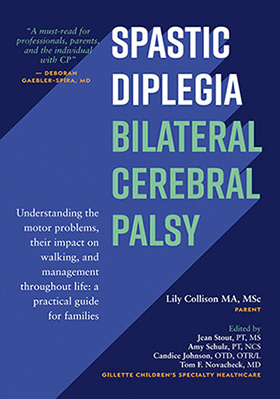Botulinum neurotoxin A (BoNT-A), as a medication, is injected directly into a muscle and acts by blocking the release of a chemical called acetylcholine at the neuromuscular junction (where the nerve meets the muscle). Botulinum neurotoxin is produced by the bacteria that causes botulism, a lethal form of food poisoning. However, as a medication the toxin is delivered at a much smaller dose. It is also used in the cosmetic industry. There are seven different types of botulinum neurotoxin, from A to G. Type A is the the main form used to reduce spasticity.
The effects of BoNT-A diminish with time; within a few months, the original nerves regain their ability to release acetylcholine, hence the treatment is not permanent. The effects of BoNT-A become apparent approximately three to seven days after injection and last for approximately three to six months. Treatment with BoNT-A can start early—as young as 1 to 3 years—and can be used every six to 12 months for several years. BoNT-A can also be used to reduce muscle spasms.
A number of muscles may be treated in one session. Depending on age and/or the number of muscles being injected, anesthesia may or may not be required. There is a limit to the number of muscles that can receive treatment at one time because there is a limit to the total body dose of BoNT-A that can be safely given at one time. Different institutions may have different protocols for using BoNT-A (for example, regarding dosage and frequency of injection). Typically, no overnight hospital stay is necessary.
As with any injection, there may be some pain associated with the needle puncturing the skin and the delivery of the medicine. Different centers use different methods to manage pain; these may include distraction techniques, medication, nitrous oxide (laughing gas), or general anesthesia. Some children may experience stress and anxiety from repeated episodes of injection. Temporary incontinence has occasionally been reported following treatment with BoNT-A. One limiting factor is that children may experience diminishing effects with repeat injections, or it may stop being effective entirely.
Overall, there appears to be strong evidence supporting BoNT-A treatment. The simultaneous use of BoNT-A and strength training was found to be successful at reducing spasticity, improving strength, and achieving functional goals over and above treatment with BoNT-A alone. This is an example of combined treatment working better.
Although BoNT-A is regarded as a reversible treatment for reducing spasticity, important questions have been raised about its long-term effects, including muscle weakness, muscle atrophy (wastage), changes in the muscle structure, and atrophy of the underlying bone. Some studies suggest there may be permanent changes. Graham and colleagues (2016) concluded that more information is needed both from animal studies and long-term clinical studies to fully assess the benefits and risks of BoNT-A. Similar conclusions have been drawn elsewhere.
The above is an extract from Spastic Diplegia–Bilateral Cerebral Palsy available here.


